This post was originally published on Luxiders
Mushrooms and their mycelium are slowly taking over the fashion industry. For the last three years, mushrooms have become an unavoidable aspect of Haute couture and sustainable fashion. Inspiring artists and designers, their complicated structure and unique shape have rooted themselves in our clothing industry and show no sign of going away.
To receive the Luxiders Newsletter, sign up here.
Fungi are everywhere. Not only in our deciduous forests, but their spores have also started to root themselves in our fashion industry. The grip mushroom-inspired fashion has had on the industry is not just a trend. Since spring 2021, mushrooms and their fabric have created mushroom-based hats, from mycelium leather to toadstool-inspired accessories.
1990
30
©Mycoworks
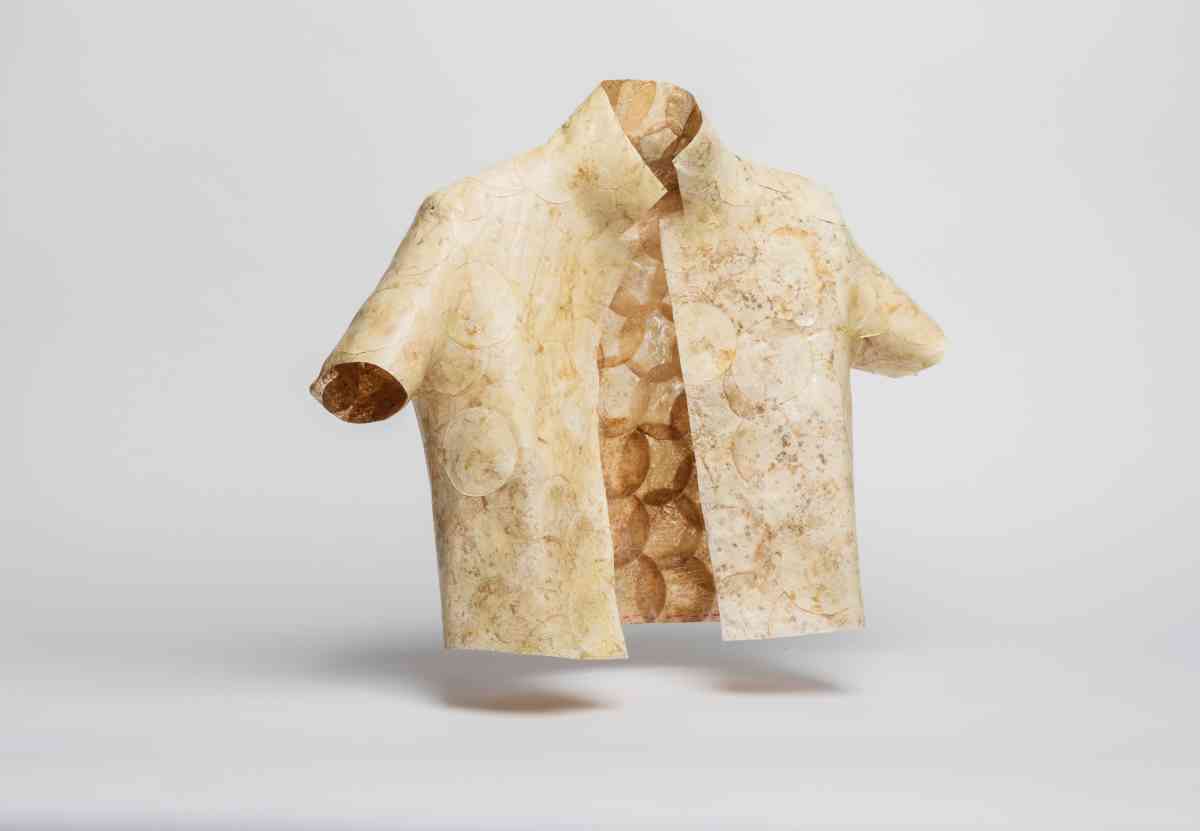
1990
30
Mushroom fashion trend, mushroom design, mushroom clothing, mushroom fashion, mushrooms and fashion, mushroom trends, stella mcartney, Iris Van Herpen, Mycoworks, mycelium leather
© Mycoworks
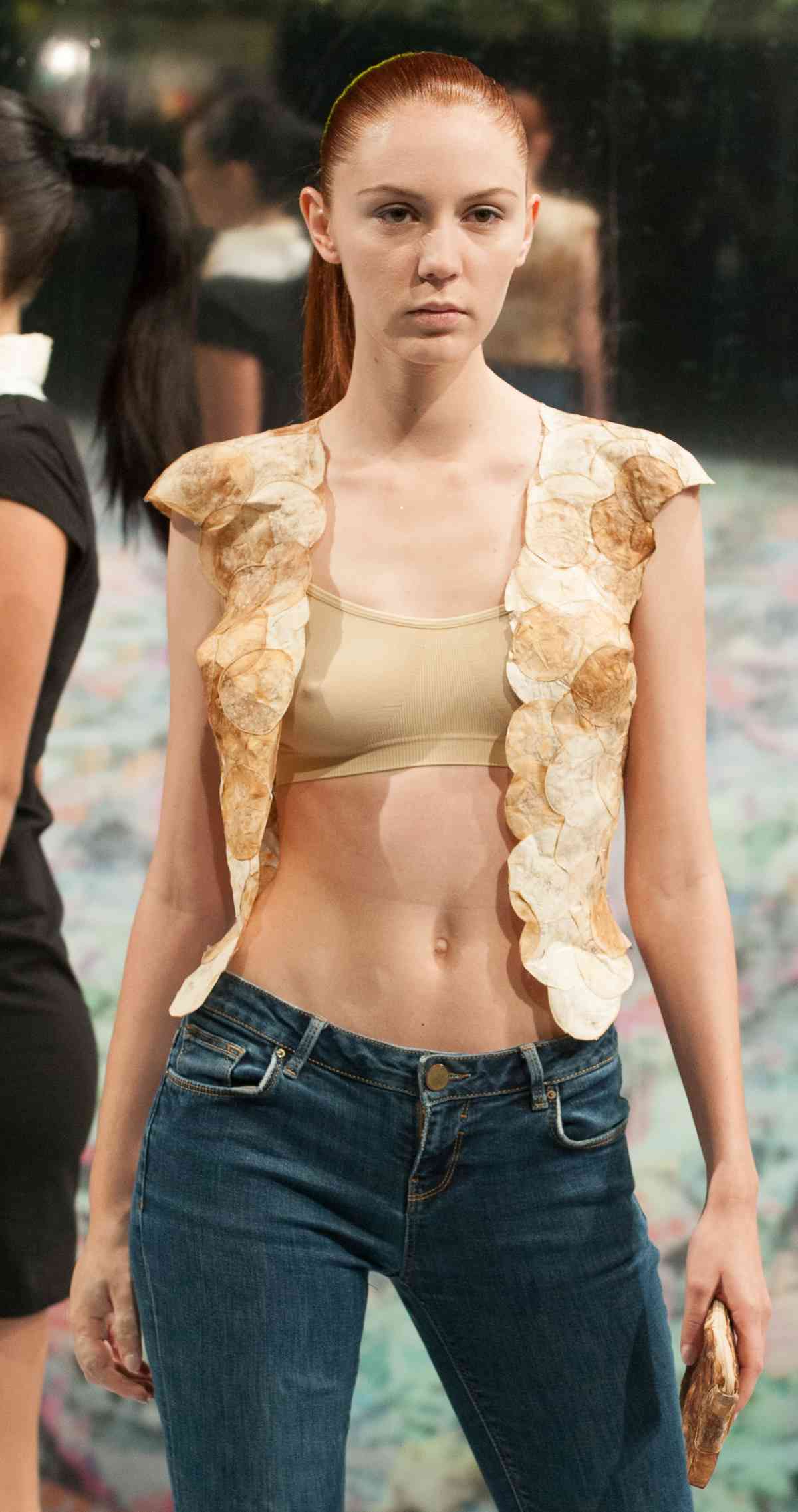
1990
30
Mushroom fashion trend, mushroom design, mushroom clothing, mushroom fashion, mushrooms and fashion, mushroom trends, Stella McCartney, Iris Van Herpen, Mycoworks, mycelium leather
© Mycoworks
MUSHROOMS AND SUSTAINABILITY: AN ANSWER TO FASHION’S PROBLEM
Fashion is still trying to solve the unsolvable: how to free couture from fast fashion. Bio textiles, like mushroom leather, are helping designers and scientists closer to their goals.
mushroom leather is an environmentally friendly material because it can be grown and produced without any polluting substances. And, at the end of its life, the material is completely biodegradable and compostable.
In the apparel industry, mushroom leather is lightweight and very flexible, which makes it practical for a wide range of products. The process doesn’t involve harmful chemicals and pesticides, meaning that growing the leather doesn’t harm the local environment.
MYCELIUM AND 3D PRINTING
Despite the benefits of mushroom material, its development and availability are still in their early stages. NEFFA showcased their ground-breaking new manufacturing method for mycelium-based apparel at this year’s Biofabricate summit.
Their automated manufacturing method aims to solve this issue. To try to make this material more available, their process MycoTEX means that you can make apparel and accessories locally and fully in 3D out of biofabricated materials such as mycelium or algae.
One of NEFFA’s founders, Aniela Hoitink explained NEFFA’s choice of mushrooms as their focus material: “Mycelium has led us to this new manufacturing method. As we use mycelium in a slurry form, that is how we can imagine any new type of materials entering our supply chain.” Mycelium isn’t the only material the company is exploring “This could be algae-based, but also collagen, and even can imagine existing materials like viscose in a slurry form.”
NEFFA’s vision for the future of the fashion industry is positive: “We envision a world where anyone can feel good in the clothes they wear because they fit them perfectly and reflect their taste, are made close to where they live.” For Aniela, this future must be sustainable “without exploiting anyone, yet they are still affordable and do no harm, and maybe even benefit the environment.”
Later this year they will present their first robotic manufacturing cell together with a renowned German machine building company based on MycoTEX. They work with existing robotic systems that are already used in the fashion industry, so companies do not have to invest heavily in new equipment to be able to implement their method.

1990
30
© Tarmi
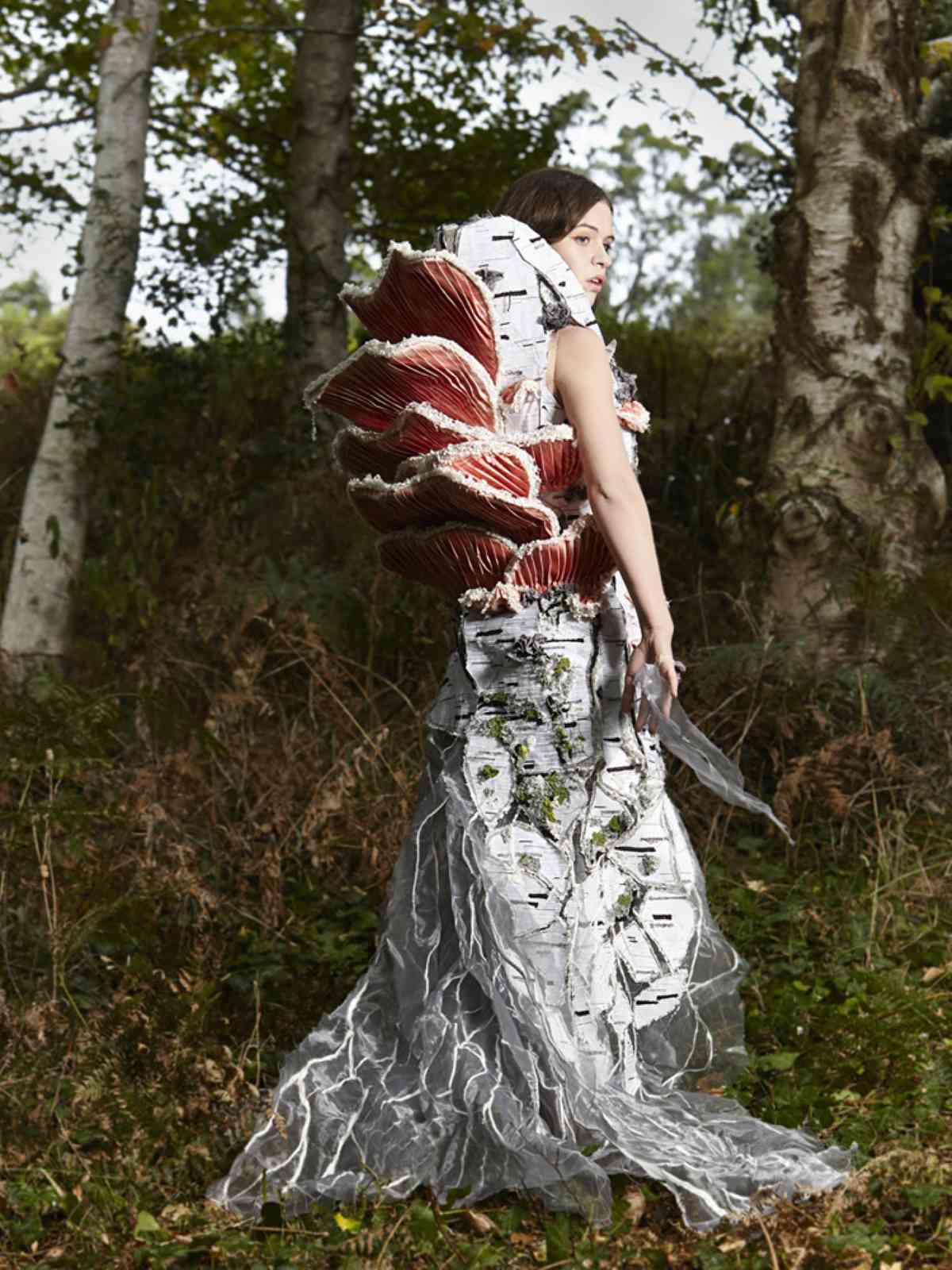
1990
30
Mushroom fashion trend, mushroom design, mushroom clothing, mushroom fashion, mushrooms and fashion, mushroom trends, Stella McCartney, Iris Van Herpen, Mycoworks, mycelium leather
© Tarmi
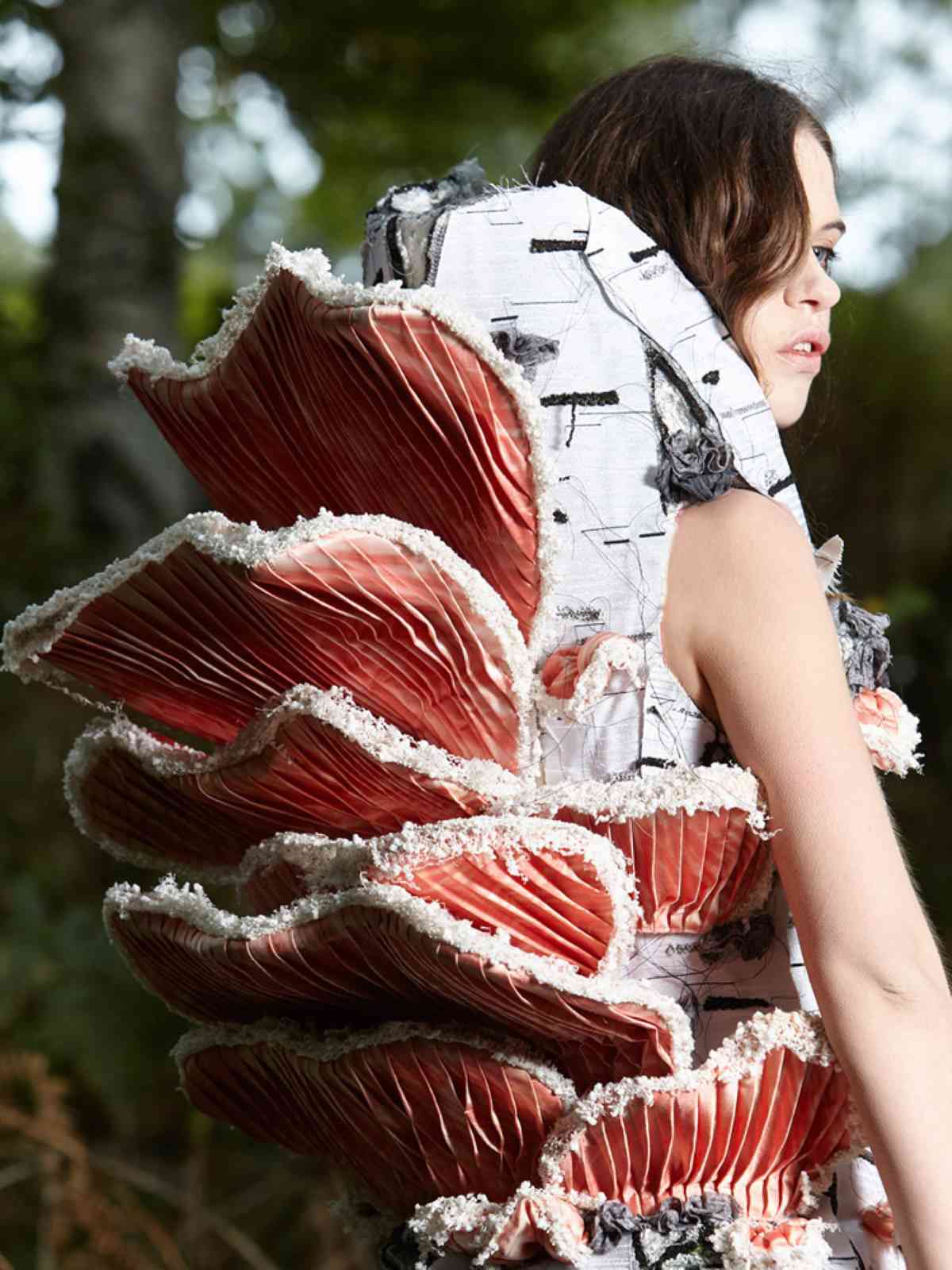
1990
30
© Tarmi
FUNGI AND DESIGN: ENDLESS POSSIBILITIES
Fungi have not only planted their spores into the apparel field. They have also spread to other aspects of clothing. Mushroom stools, lamps and ornaments are decorating our rooms. Their mystical, Alice in Wonderland look inspires various designers to create a modern twist.
Tarmi, an Australian designer and fashion artist recently released her mycelium-based line inspired by the symbiotic relationship between fungus and birch trees. When describing this inspiration, Tarmi said “I often find inspiration and beauty in the unexpected. Like nature’s ability to reclaim the man-made and nature’s ability to create bonds and live in symbiotic relationships. This notion has made me want to bring that into the way I design, live, and interact.”
It was the research for the project itself that made Tarmi become fascinated with mycelium “I began by reading a book about the underground world wide web that Mycelium creates. I found it fascinating that not only can Mycelium break things down, but it can also create a beneficial relationship with plants. Mycelium and the plants form a symbiotic relationship with can share nutrients and support each other to survive.” This symbiotic relationship is called mutualism. fungi form an intricate web of communication amongst tree roots in the forest, helping to distribute messages and nutrients
The relationship was something that called to be explored “I wanted to celebrate this through an art couture piece. The ‘Mycelium’ art couture piece references a symbiotic relationship between a Silver Birch Tree and Mycelium. As well as nature and man. One can’t survive without the other.” – Tarmi said.
On the topic of fungi and design, Tarmi wasn’t sure where to begin “Oh, where to start! I think that mycelium can bring to a world to people, and we are becoming more aware of its benefits. It can break down plastic, it can be grown to become a real vegan leather and be a substitute for meat flavours in food. All contributing to help solve some the issues we currently face on the planet.”
But for Tarmi, it is also the beauty of mushrooms that excites her and fellow designers “Then there is the aesthetics there are so many forms, colours, and textures. It’s endless! You can see some of this in the dye patterns, pleating, sculptural forms, and white web texture I have used.”
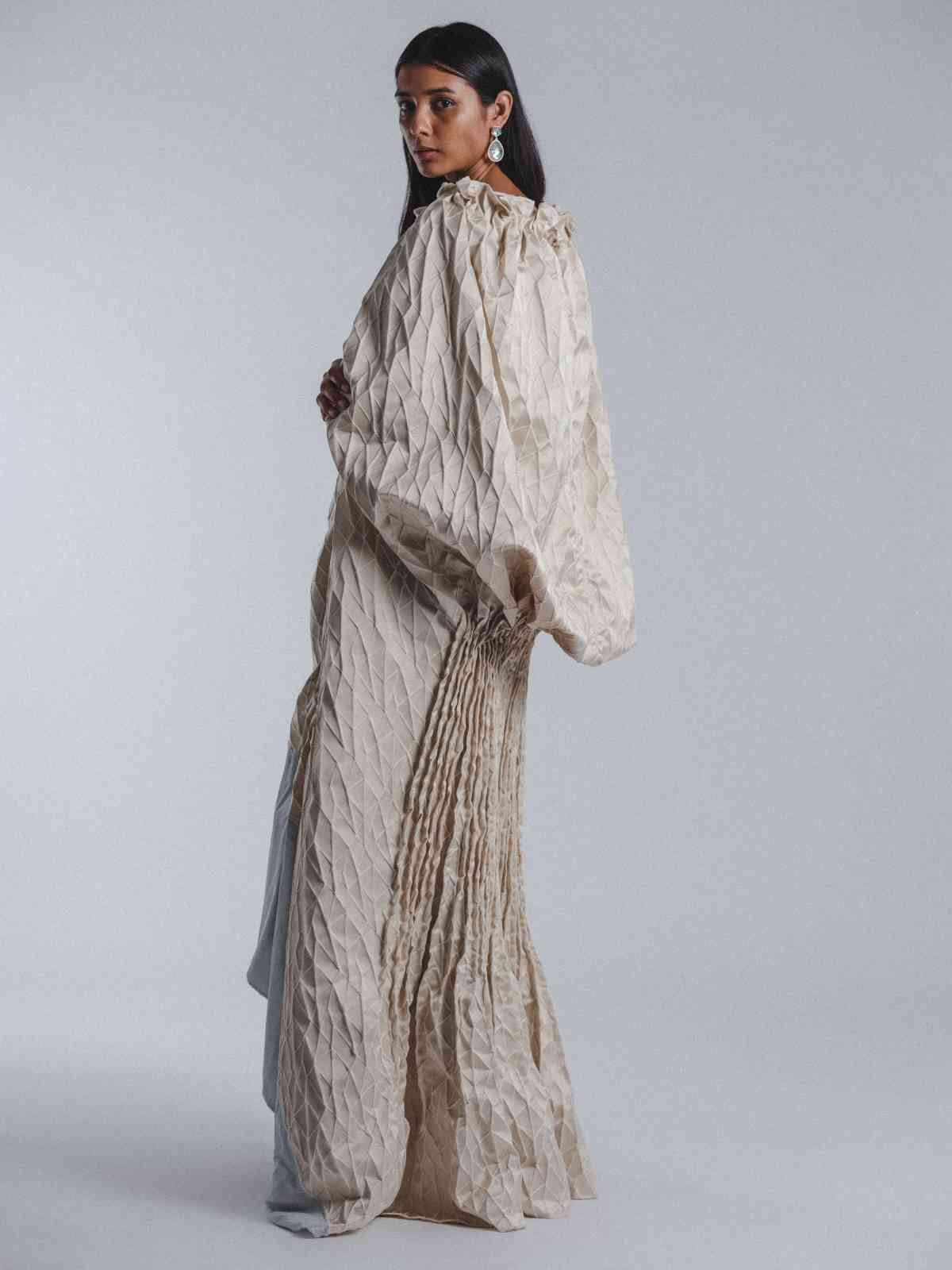
1990
center
30
Mushroom fashion trend, mushroom design, mushroom clothing, mushroom fashion, mushrooms and fashion, mushroom trends, Stella McCartney, Iris Van Herpen, Mycoworks, mycelium leather
© Yousef al Nasser
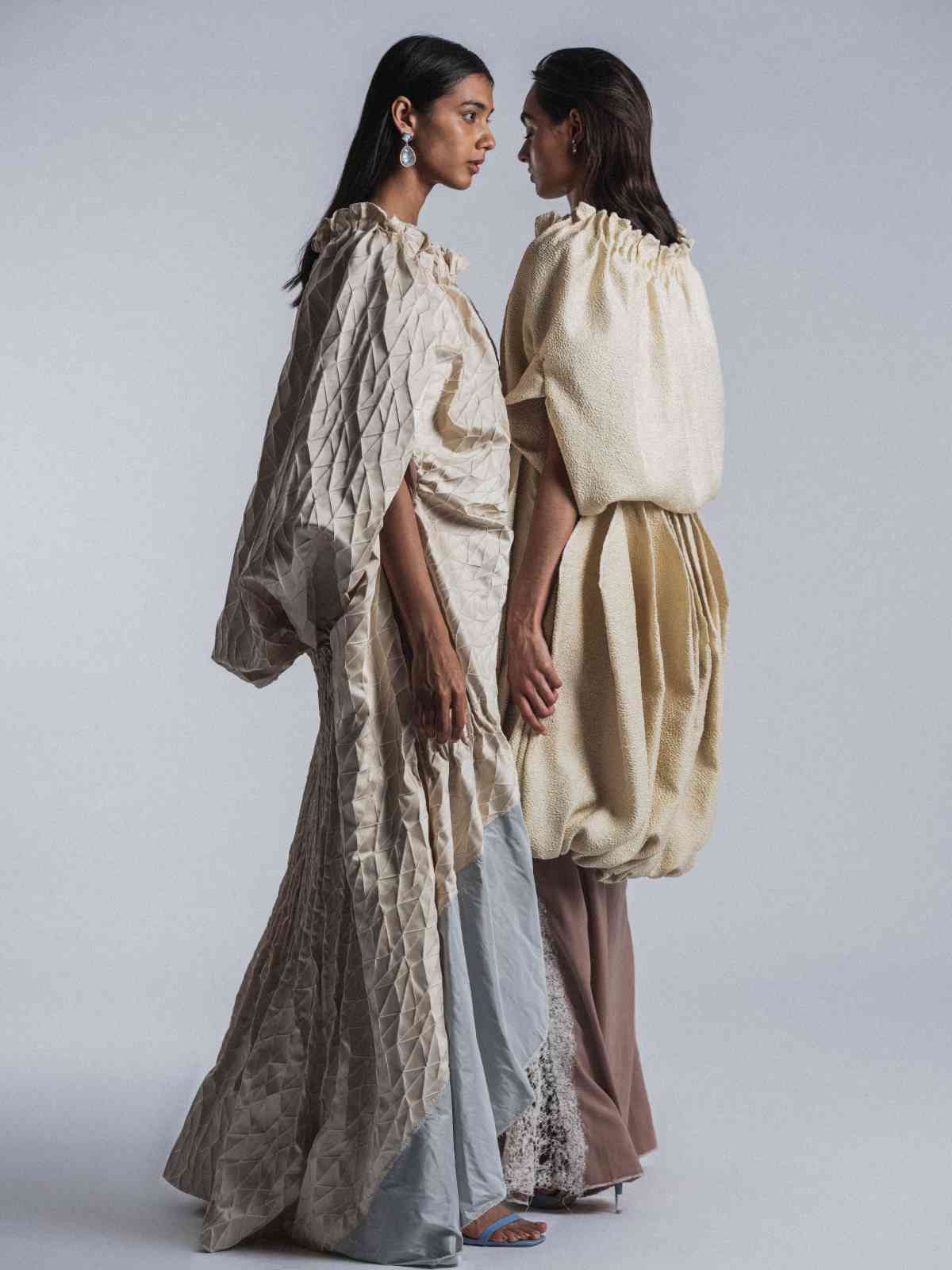
1990
center
30
Mushroom fashion trend, mushroom design, mushroom clothing, mushroom fashion, mushrooms and fashion, mushroom trends, Stella McCartney, Iris Van Herpen, Mycoworks, mycelium leather
© Yousef al Nasser
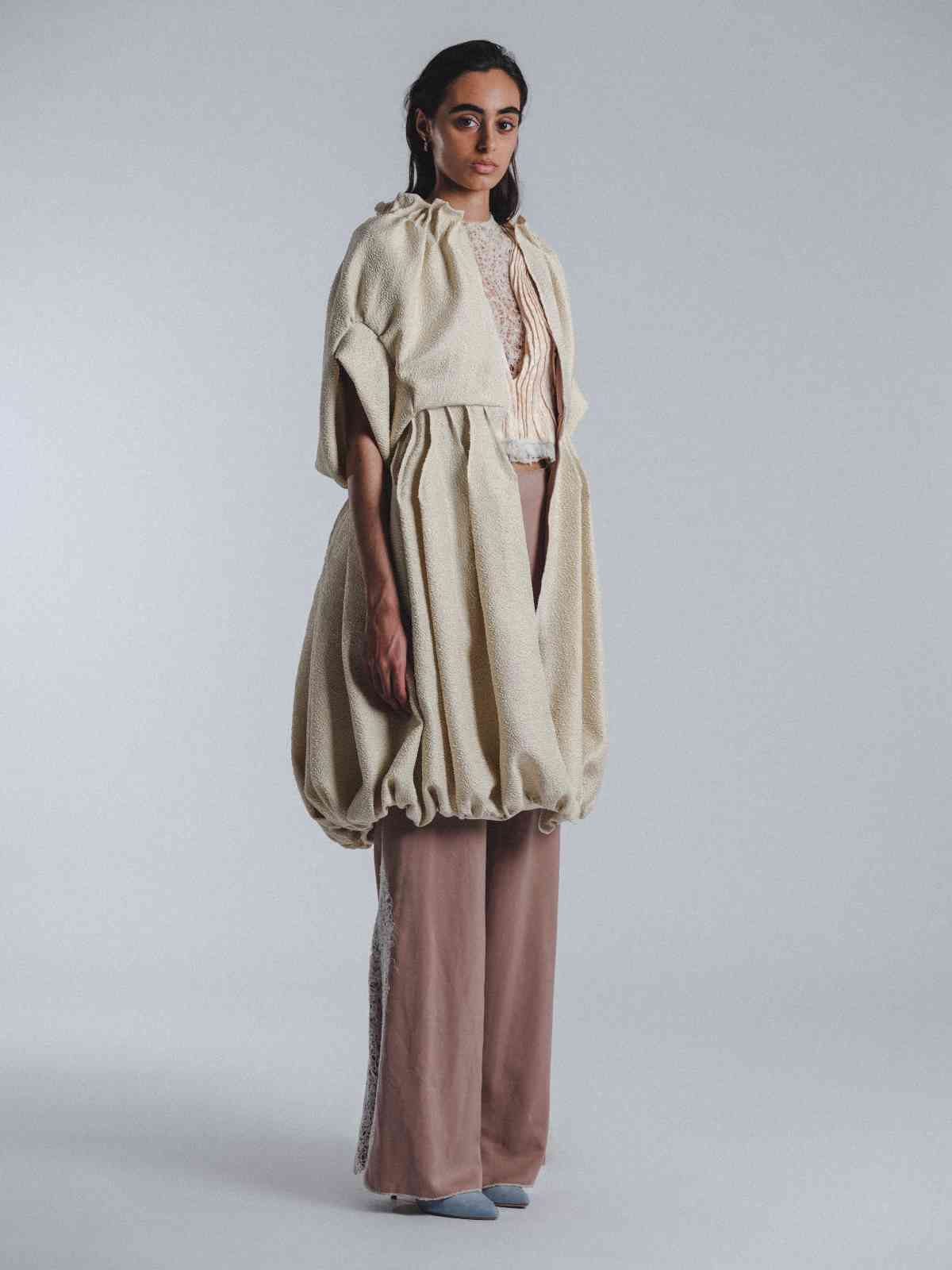
1990
center
30
Mushroom fashion trend, mushroom design, mushroom clothing, mushroom fashion, mushrooms and fashion, mushroom trends, Stella McCartney, Iris Van Herpen, Mycoworks, mycelium leather
© Yousef al Nasser
TOADSTOOLS AND APPAREL
Mycelium and fashion are becoming more and more intertwined. This year, designer Stella McCartney debuted her first ever mushroom leather bag. It isn’t only apparel that is celebrating fungi. Haute Couture is also showcasing mycelium-chic, with designers like Iris Van Herpen and Tony Ward drawing inspiration from the fungus.
Exeter fashion designer, Tess Merrall echoes this growing excitement towards fungi and fashion design. Tess explored fungi as her final project due to its rising prominence in the industry. Describing her choice “I was fascinated by the incredible shapes, sizes, and colours I found during my fungus exploration. The more I found out the more intrigued I was, how fungi are neither plant nor animal, the amazing ‘network’ fungi create via mycelium.”
At the time, the mushroom boom was just beginning to occur in fashion: “There was just such a bounty of inspiration coming from just a few kinds of fungus I’d found over a few months in my local area, and I loved turning those visuals and representing that excitement of originality into my fashion.” – Tess said.
When considering fungi and fashion, Tess explained it wasn’t a surprise it was everywhere: “Mushrooms and fungi have become more of a staple in fashion and design because it hits that sweet spot between being something new, fresh, and innovative, which fashion loves, and the increasingly stronger drive towards sustainability that’s been happening.”
For Tess, fungi are the future: “I am excited to see how many more discoveries are going to unfold surrounding fungi; we’ve already seen the development of mushroom materials, leathers, and grow-your-own-fungus-fabric, so I am sure there are lots more to anticipate over the horizon.”
+ Words:
Emily Fromant
Luxiders Magazine
Der Beitrag Mushrooms | The Inescapable Fashion Trend erschien zuerst auf Sustainable Fashion – Eco Design – Healthy Lifestyle – Luxiders Magazine.

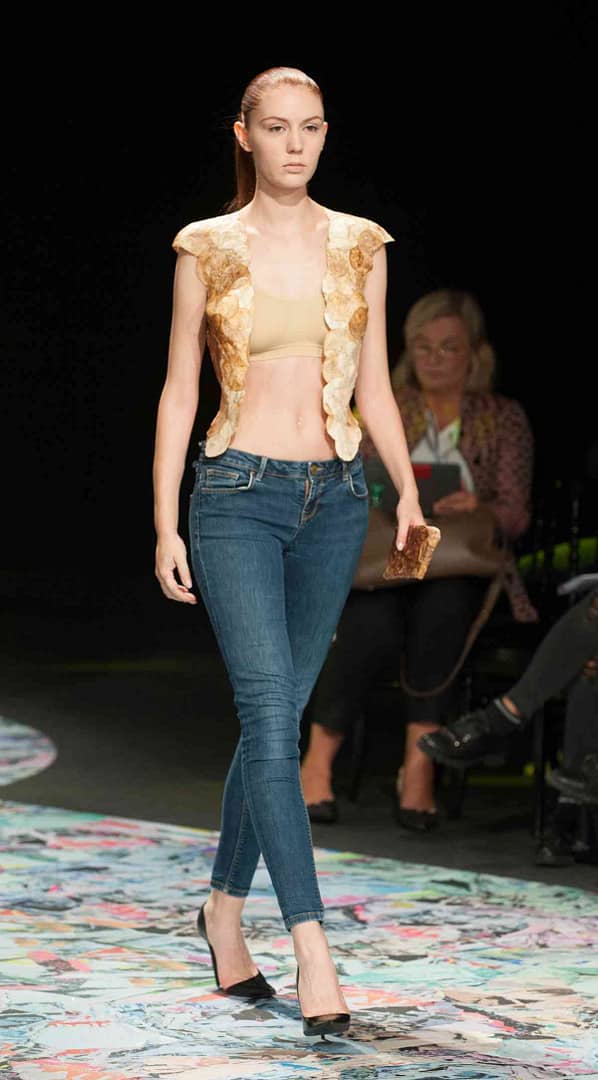

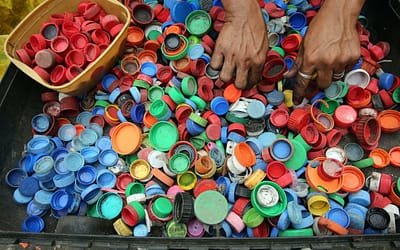
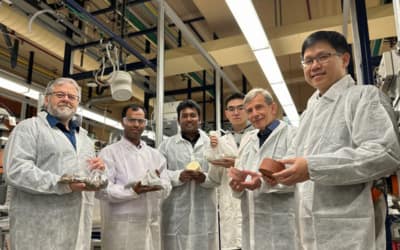
0 Comments